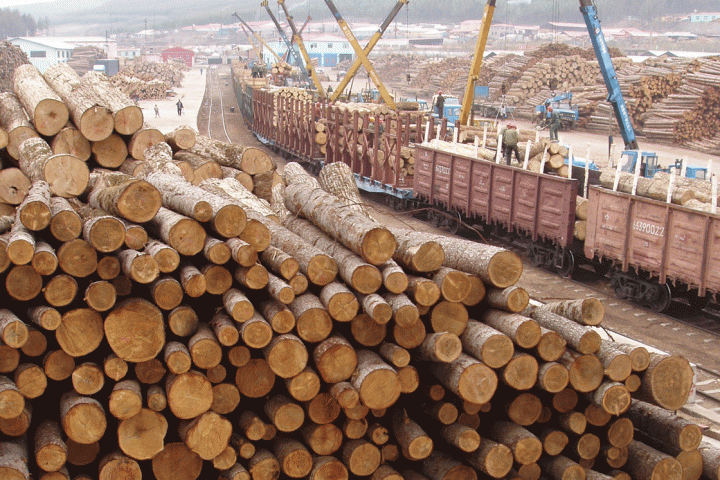Canada’s lumber industry, a cornerstone of the nation’s economy, is facing a critical challenge – a shrinking workforce and a surge in job vacancies. This issue doesn’t just impact the lumber industry itself; it ripples through the entire construction sector, creating a domino effect that reaches far and wide. As the demand for housing continues to grow, the need for a robust and skilled workforce becomes paramount.
The Western Retail Lumber Association (WRLA) estimates that over 461,000 Canadians are currently employed in the lumber industry. However, with the ever-growing housing needs and an aging workforce, there’s a looming gap that needs urgent attention.
According to WRLA president Liz Kovach, the consequences of unfilled lumber jobs extend beyond the industry. “It’s going to impact inflation because when you can’t get materials to where they need to be, it creates a bit of a backlog,” warns Kovach. The need for housing is not diminishing, and Canada must continue to build communities to accommodate its expanding population.
 The Prairies alone contribute significantly, with the lumber industry accounting for $7.2 billion in sales, a figure expected to rise. The career opportunities within the industry are diverse, ranging from finance and HR to customer service and sales. As Kovach emphasizes, there’s a place for everyone.
The Prairies alone contribute significantly, with the lumber industry accounting for $7.2 billion in sales, a figure expected to rise. The career opportunities within the industry are diverse, ranging from finance and HR to customer service and sales. As Kovach emphasizes, there’s a place for everyone.
Kaitlyn Chimko, a lumber supplier with Dakeryn Industries, stresses the importance of bringing fresh faces into the industry. With 20% of Canada’s lumber force set to retire within the next five years, investing in people and programs becomes crucial. The companies that prioritize this investment are the ones poised to stay ahead in the race.
Joel Hartung, owner of the LumberZone in Manitoba, attests to the industry’s vitality. “There’s no shortage of work needed in our industry,” says Hartung. The focus on recruiting staff, including drivers, delivery personnel, and individuals seeking a long-term career, is a testament to the industry’s continuous growth.
Hartung emphasizes the physical demands of the job, including loading and unloading inventory, but also underscores the significance of relationship-building. In the lumber industry, forming strong connections with customers and colleagues is not just a business practice; it’s a way of life. The satisfaction of seeing young staff members grow within the industry and build lasting relationships is a testament to the rewarding nature of this field.
 As we navigate the challenges and opportunities within Canada’s lumber industry, it becomes evident that a skilled and sustainable workforce is the key to success. Investing in recruitment, immigration, and settlement services is paramount to ensuring the industry’s continued growth and prosperity.
As we navigate the challenges and opportunities within Canada’s lumber industry, it becomes evident that a skilled and sustainable workforce is the key to success. Investing in recruitment, immigration, and settlement services is paramount to ensuring the industry’s continued growth and prosperity.
At Directpath Canada, we understand the importance of a global approach to recruitment, immigration, and settlement services. Our commitment to excellence has earned us recognition, and we stand ready to support the lumber industry and other sectors in building a brighter future for Canada.










